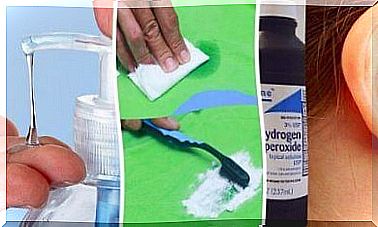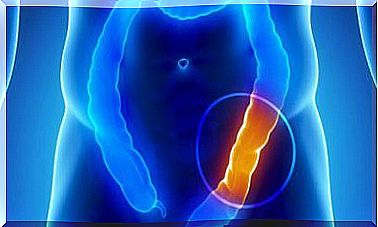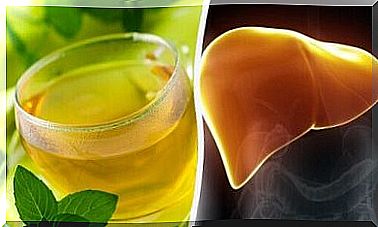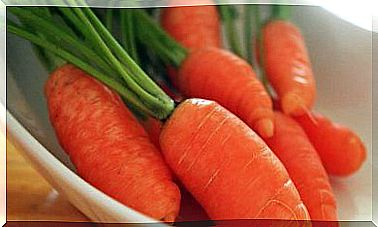Cause And Treatment Of Knee Pain

Pain in your knee can arise in many ways and can therefore have many possible causes. This article describes some common reasons for knee pain and simple tips for treating knee pain.
Knee pain can develop at any age. Bruises, ligament problems, arthritis or joint inflammation are the most common causes. The pain can be quite intense and greatly affects functioning in daily life.
Prevention is therefore more important than cure and this can be done by following a healthy lifestyle and diet. If knee pain is present, a few simple tips can help you get rid of that annoying pain faster.
What causes knee pain?
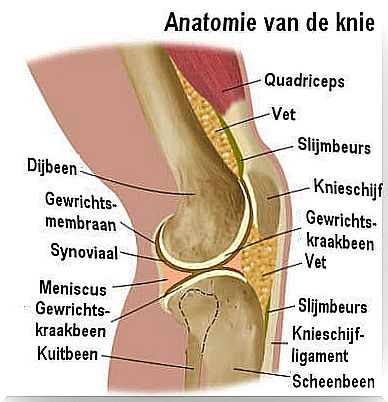
Remember that the knee is one of the largest joints in the body. The knee joints are constantly loaded and moved throughout the day, they are used for every ordinary daily task.
To perform all these functions efficiently and maintain the necessary flexibility, this intricate structure of ligaments, bones, cartilage, muscles, tendons and muscles must be able to work together optimally. What disturbances in this ingenious system can cause pain and inflammation? You can read it below!
Does the pain arise after a wrong movement or impact?
- Knee pain can occur after a wrong twisting motion, fall or collision with an object. A bruised knee occurs, mainly from impact after a fall or collision. The consequences of a bruise are often similar to those of a sprain: knee pain, swelling and bruising.
- Various tissues in your knee can bruise, such as the bones, muscles, and connective tissues. A bruise occurs along with inflammatory reactions such as pain, swelling, and discoloration. A bruised knee will go away on its own and can be treated with cold compresses.
- However, if the knee is injured after a wrong movement, there may be a meniscus injury or injury to the cartilage discs. The pain is then very diffusely spread over the joint and is most intense after 24 hours. In addition, pain arises when you press on the inside or outside of your knee.
- There may also be injury to the knee ligaments or ligaments. These bands connect the mutual joint parts with each other, so that your lower leg remains attached to your upper leg.
- If there is knee pain and the legs cannot rest flat on the floor, this may indicate an injury to the ligaments on the inside of the knee. Healing often takes quite some time and if the pain is bearable, it is necessary to continue walking carefully.
- Knee pain from bursitis : The bursa in your knee acts as a cushion between the tendons and bones and usually becomes inflamed from overuse, a collision, or a wrong move.
Is there no identifiable cause for the pain?
- Osteoarthritis is caused by wear and tear of the articular cartilage. As a result, the bones of the knee rub against each other and can cause pain with the simplest movements, such as climbing the stairs or walking. The pain can be very intense at night and there is no real cure for osteoarthritis. Pain medication and some natural remedies can bring relief from the pain and discomfort.
- Rheumatoid arthritis : Rheumatism can also affect the knee joint and is often accompanied by fatigue, feeling sick, fever and pain. This condition can appear and disappear very suddenly. Anti-inflammatory drugs and painkillers can bring relief and knee replacement is also used.
Try these remedies for treating knee pain
Vegetable oil
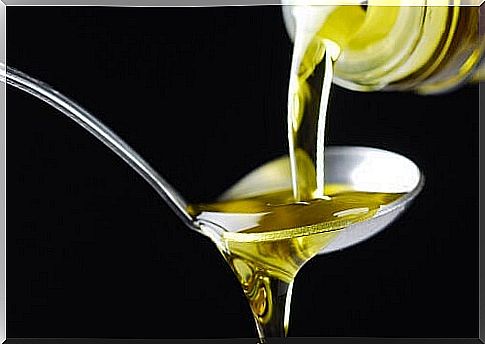
Using olive oil daily is good for treating knee pain. That’s because the oil has an anti-inflammatory effect. In addition, olive oil is known to stimulate blood circulation. Gently massage the knee joint with olive oil twice a day, then wrap the joint in a bandage.
ice packs
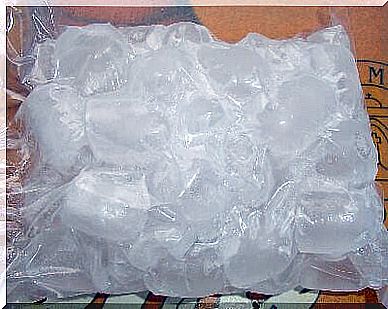
You know for sure that ice is used to relieve pain and inflammation. Place a bag of ice cubes in a cloth on the knee joint for twenty minutes. Do not apply this for more than twenty minutes so as not to damage the skin. Ice is also applied in case of bruises and to reduce swelling.
Wheat flour and turmeric
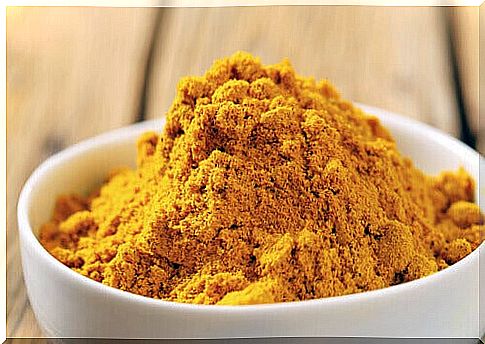
You can easily make your own anti-inflammatory paste at home by mixing wheat flour with turmeric, milk and castor oil. Take half a glass of hot water and add three tablespoons of wheat flour, one tablespoon of oil and a pinch of turmeric.
Mix well into a homogeneous paste and apply warm to the knee. This simple home remedy for knee pain will provide quick relief and you’ll notice the difference right away.
Natural anti-inflammatory remedies
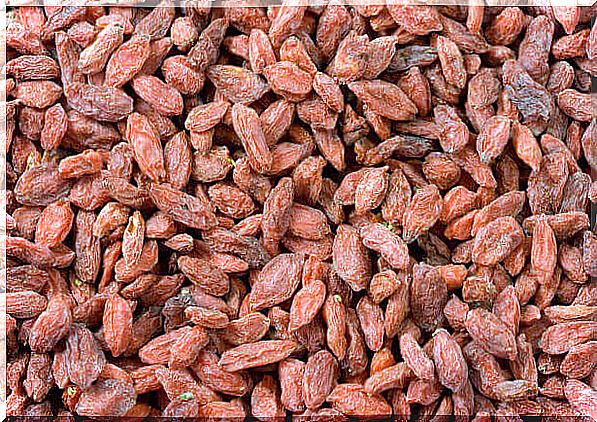
There are several foods that can help treat knee pain. Sometimes you can even counteract the pain completely.
Choose a varied diet, in which these food products occur regularly. Make sure your diet contains enough omega 3 fatty acids. You can find them in fatty fish such as tuna, sardines and mackerel. Also regularly opt for broccoli, cranberries, goji berries, turmeric, pineapple and green tea.
Take care of the health of your knee
- Knees are overweight. Eat a balanced and healthy diet, avoid obesity. Do not lift heavy objects to reduce pressure on the knee joint.
- Swimming is the ideal sport to strengthen the knee joint. This makes it easier to avoid injuries or wear and tear. Consult with your doctor whether this is also the case in your case and whether certain swimming strokes are preferable.
- In the case of osteoarthritis of the knee, it is best to choose a light form of exercise. Save your knee and don’t cycle or run. In the case of sharp pain, it is preferable to refrain from any form of exercise for a while.
- Anti-inflammatory drugs always have negative side effects. If possible, replace this medication with pain relief with paracetamol.
